Jim Clark: The Humble Scot
Far from the glamorous circuits of Formula One, Jim Clark, the son of a Scottish sheep farmer, discovered his passion for racing. But behind his quiet demeanour lay a prodigious talent that would see him rise to become one of the greatest drivers in motorsports history. On the 56th anniversary of his death, we take a look back at his extraordinary life and career.
Written by Archie Hill for The Apex by Custodian.
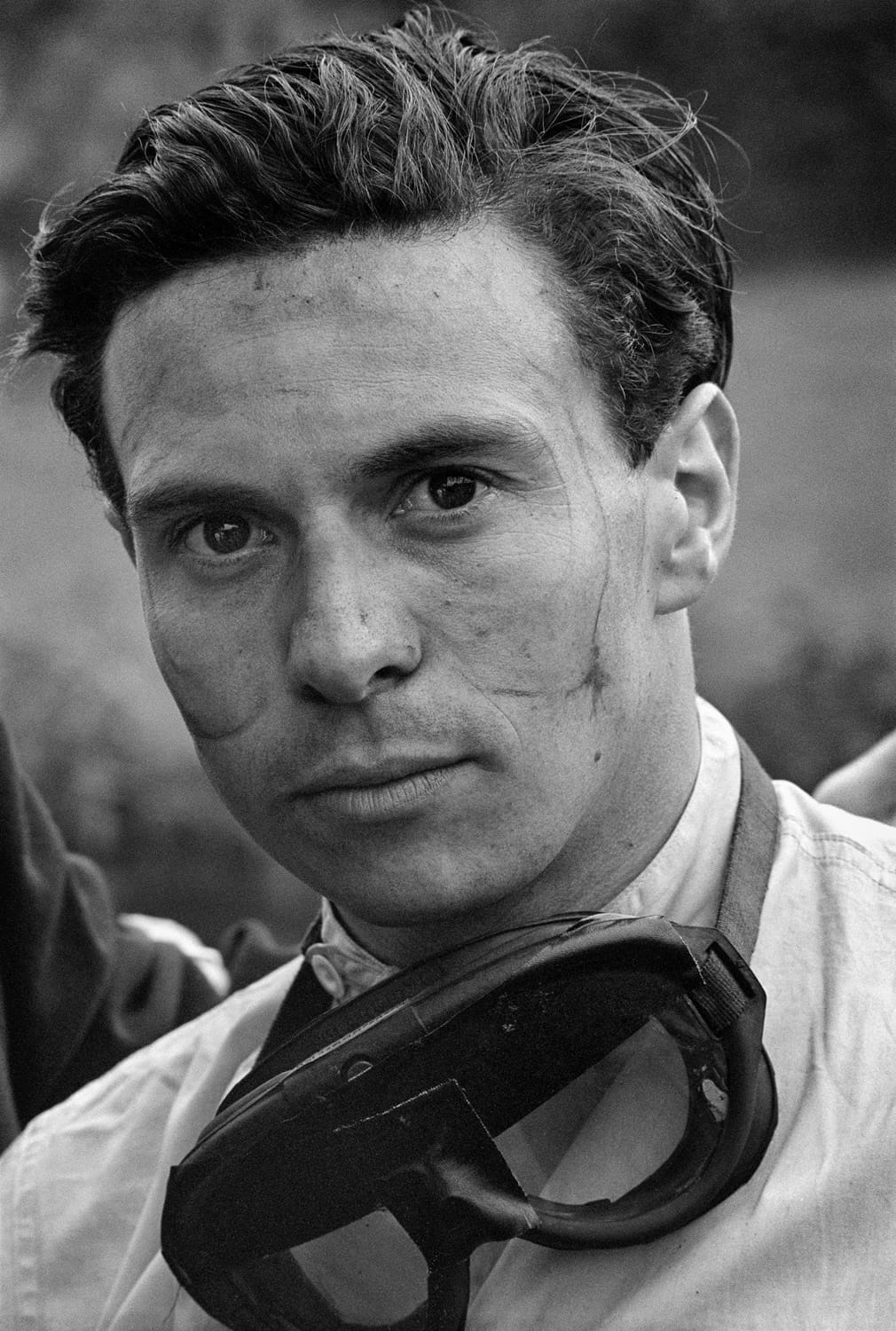
Clark’s journey into the world of motorsport began humbly, when he met Ian Scott-Watson, a local farmer's son, who introduced him to club racing. Initially, Clark acted as Watson’s mechanic, but it wasn't long before his natural talent behind the wheel became evident. At one particular race, he lapped 3 seconds quicker than Watson after only a few laps in the car, and so it was agreed that the two would swap places, and Clark competed in his first ever race. From there, Clark and his pals would go to club rallies around the Scottish - English border, and he climbed his way up the motorsport ladder.
Despite his shy nature and his parents' reservations about his newfound hobby, Clark proved his prowess by consistently outperforming his peers, and in the summer of 1959, he teamed up with John Whitmore to race in the 24 hours of Le Mans, driving a Lotus Elite. The pair finished 10th overall and 2nd in class, and it was at this time that Clark’s father made it clear to him that his hobby better start earning him some money.
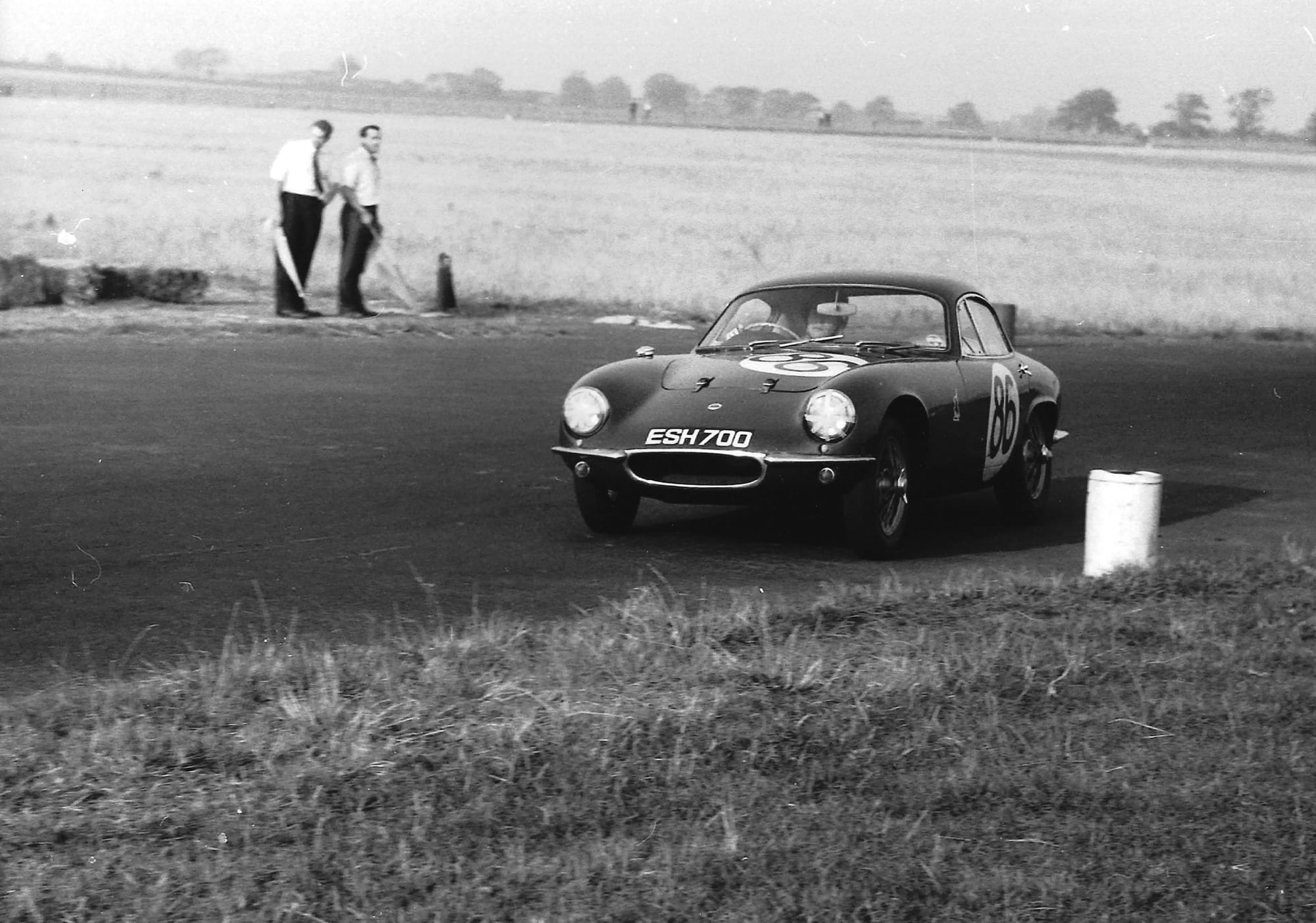

Fortunately his talents had been noticed by Colin Chapman, and in 1960 he was offered a seat at Lotus. It was an environment that would allow Clark to mix with veteran drivers and provide him the opportunity to hone his craft.
In 1963 Clark started to achieve unparalleled success, winning the Formula 1 World Championship and finishing 1st in seven out of the ten races. The standout win that year was at Spa, when in the pouring rain, he started 8th on the grid and managed to lap every driver except Bruce McLaren, despite his gear lever needing to be held in place with one hand. Clark finished almost 5 minutes ahead of 2nd place.
Clark also made his Indy 500 debut in 1963, after American driver Dan Gurney had aroused in Colin Chapman a desire to race in the US. Clark finished 2nd, only just losing out to Parnelli Jones. Alongside his single seater racing, Clark picked up wins in Touring Cars, driving his Lotus Cortina, and in 1964, he would win the Touring Car Championship.

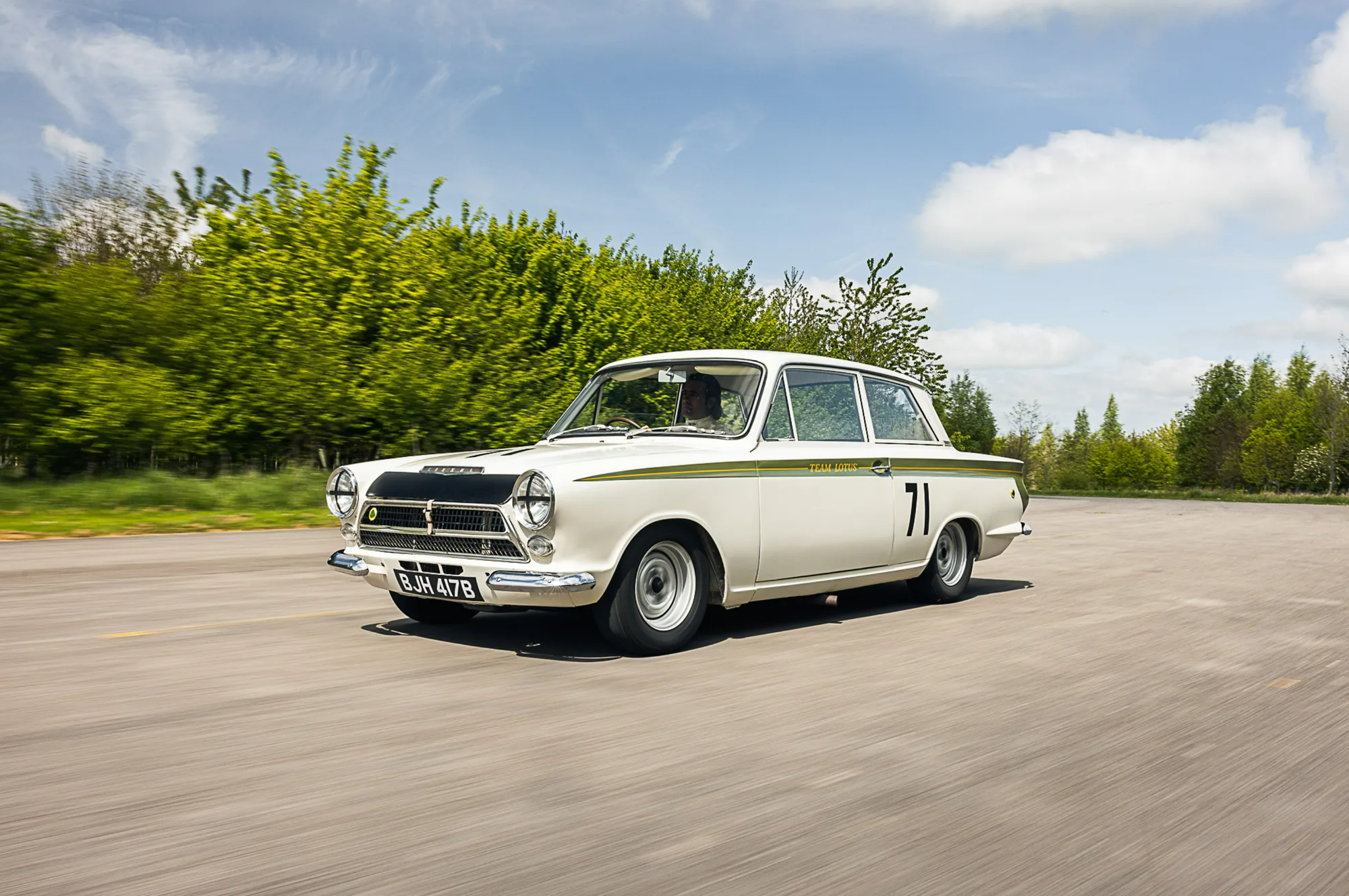
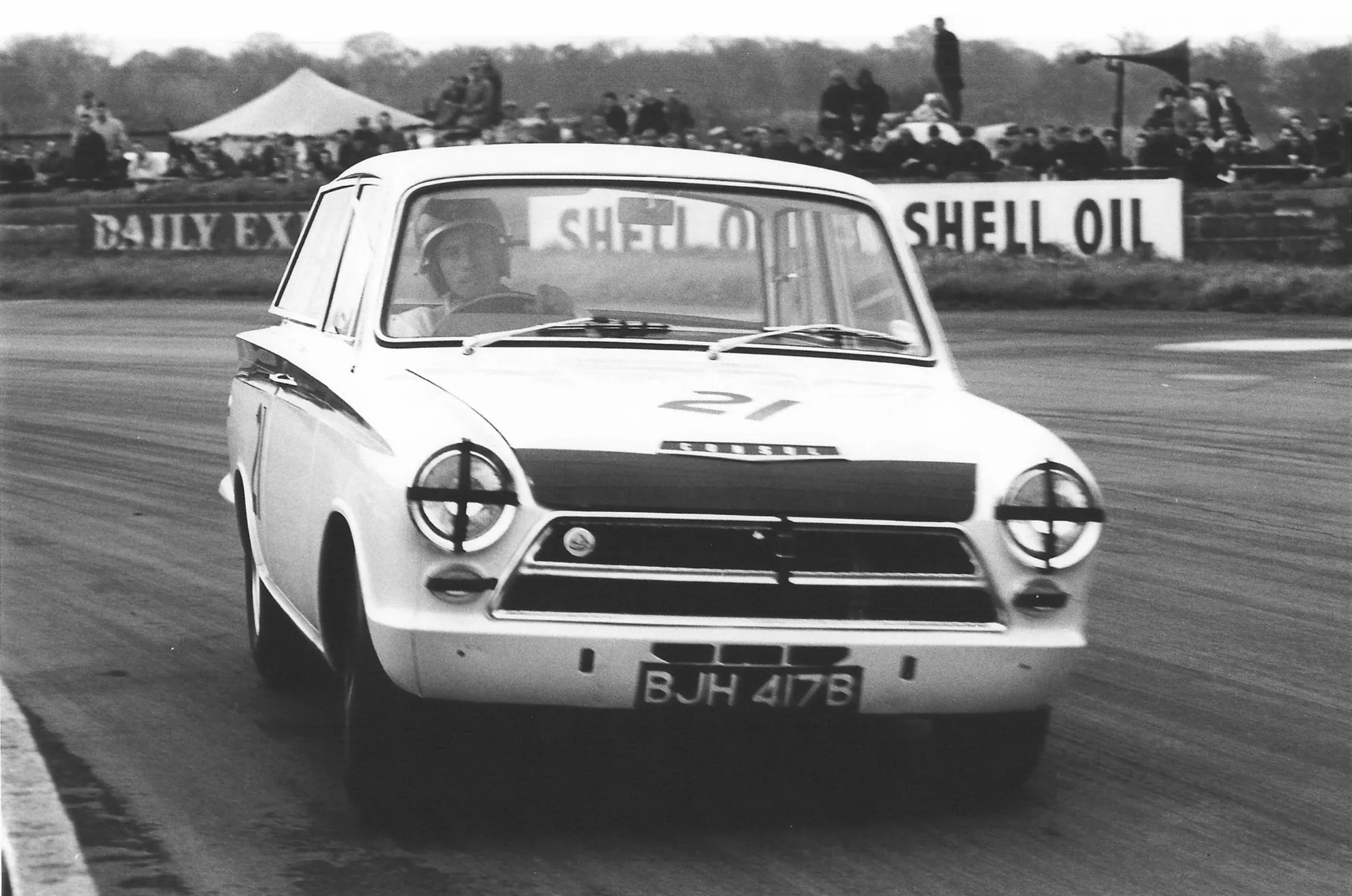
Source: Fiskens

His 1963 season was topped in 1965, when he competed in a staggering 63 races and won 31. That year, he raced in Formula 1, British Formula 2, French Formula 2, the Tasman Series in Australasia, Touring Cars, and for the third time, the Indy 500. Out of the 15 races in the Tasman series, he won 11. He also won both the Formula 2 Championships, the Formula 1 World Championship, and the Indy 500.
His Indy 500 win would elevate him to international celebrity status. He won the race by 2 whole laps, and became the first foreigner to win the Indy 500 since 1916. It would also earn him the largest cash prize in motorsport, a Ford Mustang, a year's supply of meat, two televisions, and a DIY home toolkit.
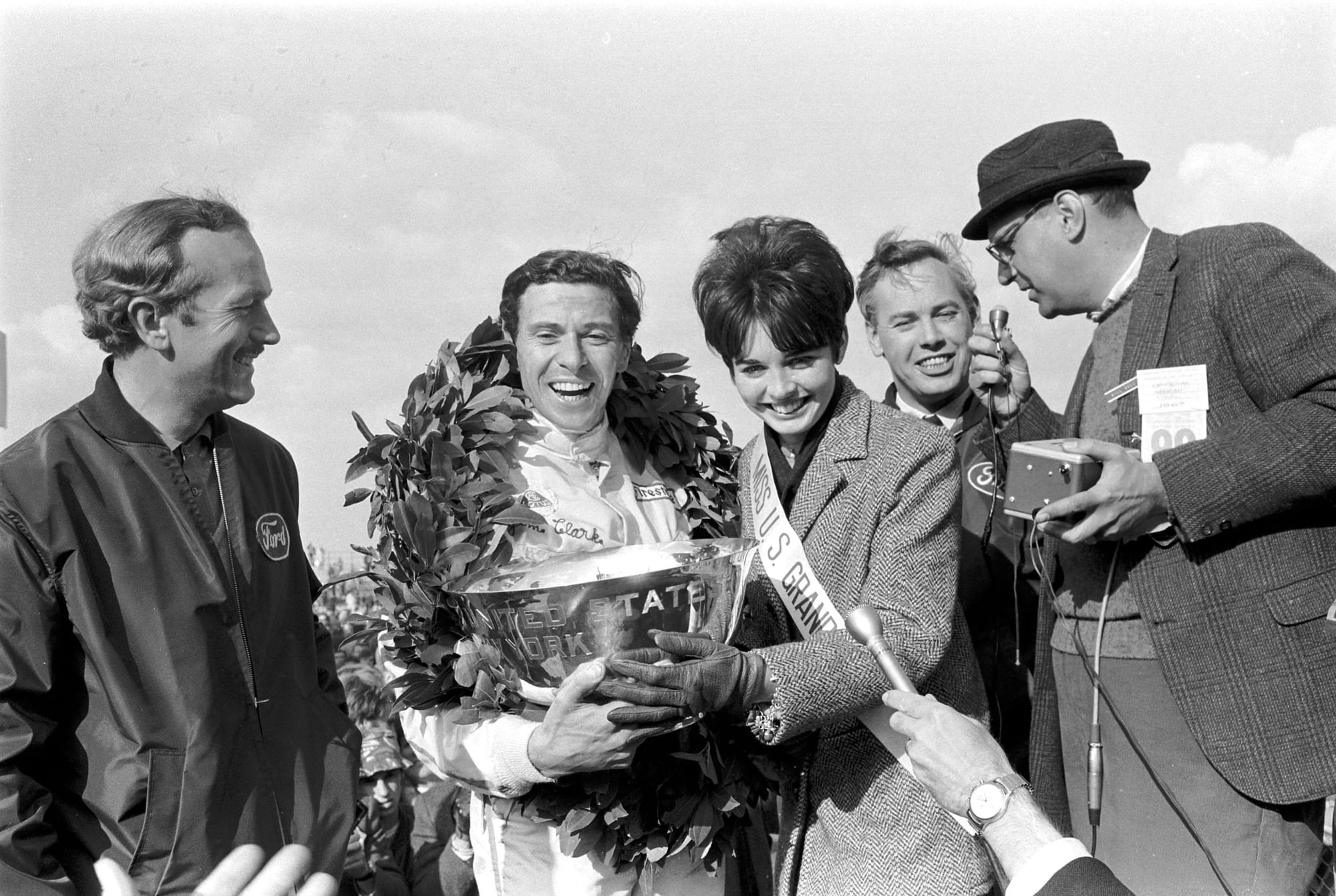
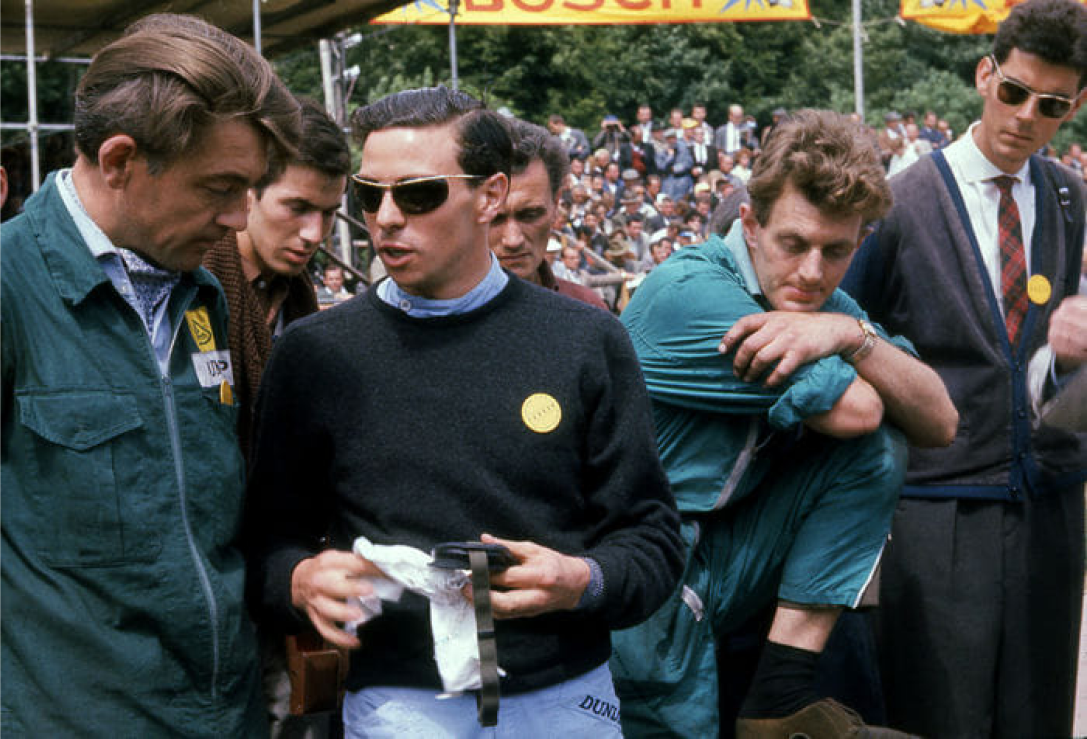
His natural talent transcended all forms of motor racing. Fellow drivers and mechanics all attribute his dominance to his smooth driving style and ability to carry speed. In a documentary interview Jackie Stewart commented, “He drove with so much finesse. He never bullied a racing car. He caressed it into doing the things he wanted it to do.” It was an approach that worked in harmony with such fragile cars, never putting too much stress on the areas that might give up.
In 1966 and ‘67, Lotus suffered from reliability issues, and it was during this time that Clark became more sensitive about the fragility of the cars. Despite this, his speed remained unabated, and at the 1967 Italian GP in Monza, Clark’s performance elevated him to the stuff of legends. He led the race until lap 12 when he picked up a puncture and lost an entire lap. He then spent the next 48 laps recovering through the field, re-taking the lead on lap 60. But on the final lap, a lack of fuel in his Lotus allowed Jack Brabham and John Surtees to pass and finish first and second, with Surtees ahead by less than a car length at the line. It was a performance that won Italian hearts.


The 1968 season was off to a great start, with Clark taking the win at the opening race in South Africa. It was a win that brought his tally to 25 in just 72 starts, surpassing Fangio as the most successful F1 driver of all time. During this period, Clark continued to race in other disciplines, and on April 7th 1968 he took part in a Formula 2 race at Hockenheim. On lap 5 his Lotus veered off the track at 170mph and crashed into the trees. His death sent shockwaves throughout the motorsport world. Chris Amon, who was driving for Ferrari at the time, said in 1968, “If it could happen to him, what chance did the rest of us have? I think we all felt that. It seemed like we'd lost our leader.”
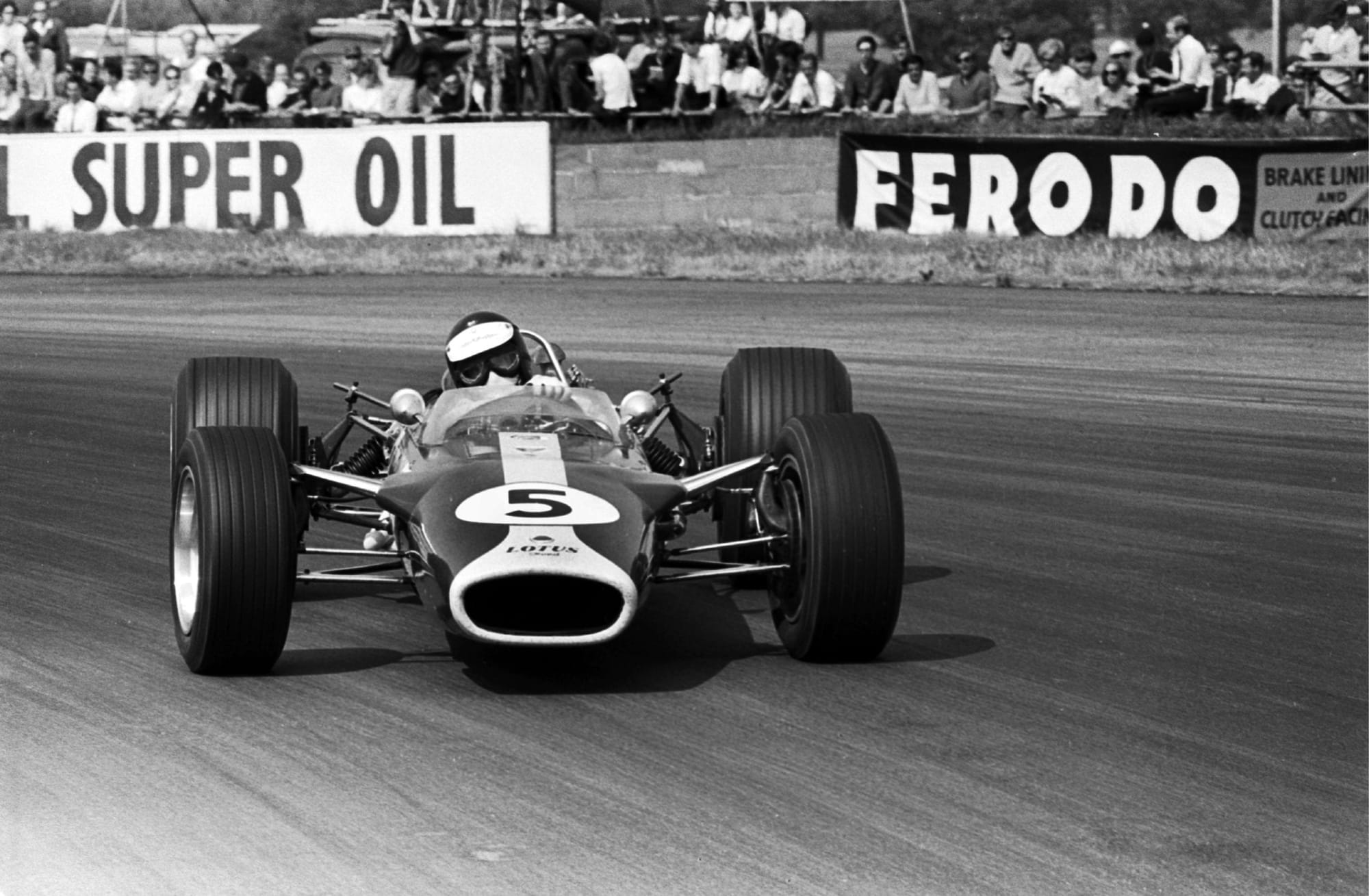
Cedric Celzer, Jim’s mechanic, wrote a memoir titled, ‘If you have come second you have lost, Winning the World Championship with Jim Clark’, and in it, he recalls a conversation with Fangio, “I went to a cocktail party and Fangio was the guest of honour. He was speaking to me about Jim Clark, obviously via an interpreter. And he said ‘in my opinion Jim Clark was the greatest racing driver ever’.”
Clark was also the boyhood hero of Ayrton Senna, who made a pilgrimage to Clark’s school in 1991. Down the road from the school is the Jim Clark Motorsport Museum in Duns, which in 2019 was updated and expanded. The museum includes his Lotus 25, Cortina, and D type, as well as trophies, rare photos and other memorabilia. More information about the museum can be found here.

Today Jim Clark still holds the record for the most grand slams in Formula One, meaning in one race weekend, he attained pole position, fastest lap, the win, and led every lap. Senna has four, Schumacher has five, Hamilton has six, Jim Clark has eight.

